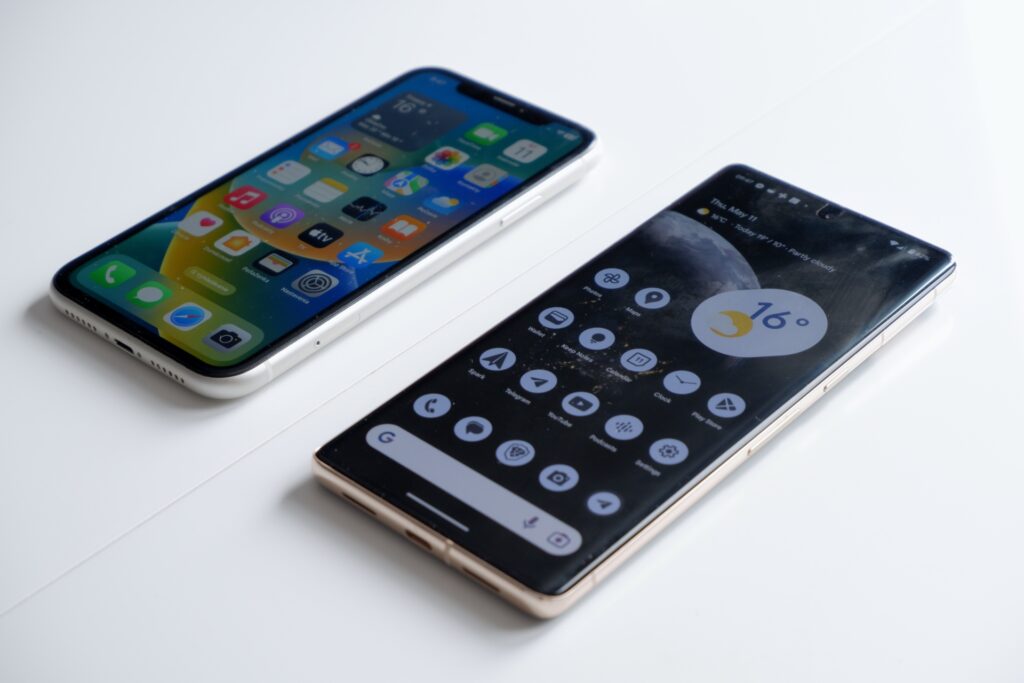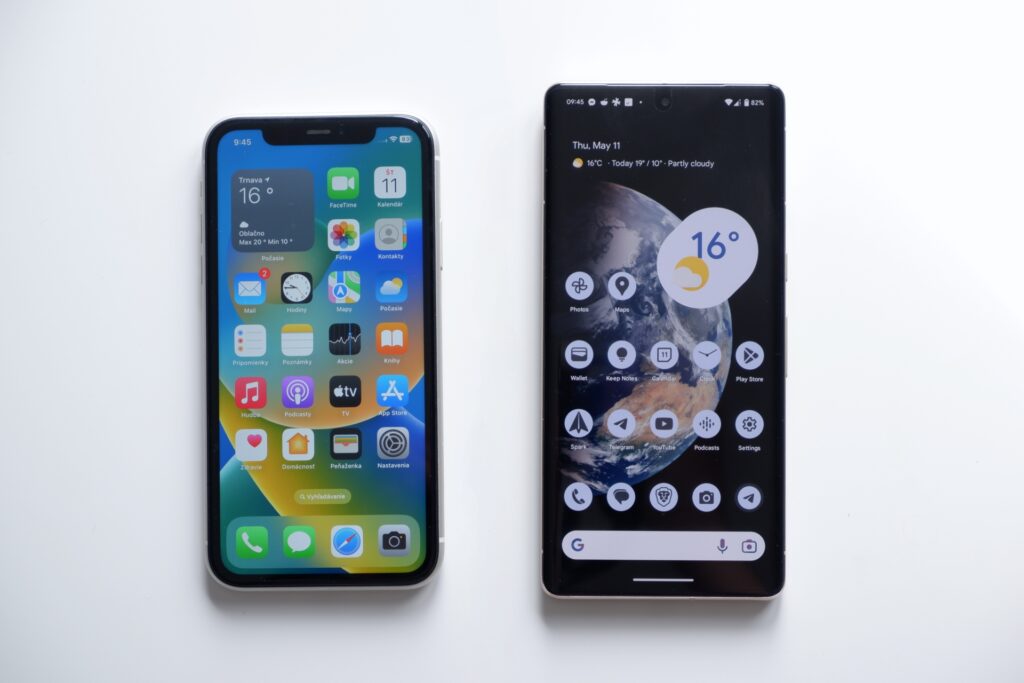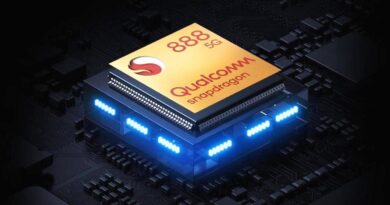Leaving the Apple ecosystem, and switching to Google Pixel 7 Pro
Breaking Apple’s walled garden is difficult, some may say impossible, but I decided to try it anyway.
I’ve been living for years in Apple’s sleek and seamless ecosystem. Leaving behind the comfort and familiarity it provides can be a daunting prospect. As an avid Apple user with an iPhone 11, MacBook, iPad, and Apple Watch, I found myself at a crossroads when it came time to upgrade my smartphone. The new iPhone 14 Pro looked slick, but it cost a whopping 1 200€ in my country!
The regular iPhone 14 was cheaper but lacked killer features like a high refresh rate display and a telephoto lens. And I would expect these features to be on a phone that costs almost 1 000€. While the allure of the new iPhone was tempting, the hefty price tag and the absence of certain features left me searching for alternatives. The first choice was Pixel 7 Pro, an Android flagship that offers everything I desired at a more reasonable cost.

Pixel 7 Pro offers flagship features, yet is more affordable
Priced at approximately 800€, the Pixel 7 Pro provides impressive specifications and affordability. It offers a buttery smooth 120Hz refresh rate screen and a great camera, enhanced by Google’s software magic. Additionally, running Google’s clean Android software is something I appreciate. It looks much better than the Android versions from other smartphone manufacturers.
The allure of the Pixel 7 Pro became even stronger when I stumbled upon a bundle deal that included the Pixel Buds Pro, Google’s flagship wireless earbuds, for the price of the phone itself. This not only added value to my purchase but also ensured seamless compatibility between my new smartphone and audio peripherals.

Having made the switch, I found myself pleasantly surprised by the Pixel 7 Pro’s performance. The large OLED display, combined with the smooth 120Hz refresh rate, provided an immersive and visually appealing experience that far surpassed my iPhone 11. The camera, powered by Google’s renowned computational photography, consistently delivered impressive shots, while the inclusion of a telephoto lens allowed for great zoom capabilities.
Furthermore, the overall speed and fluidity of the Pixel 7 Pro’s operating system were respectable. Android, in combination with the Pixel’s optimized hardware, ensured a responsive user experience. I also found the bundled Pixel Buds Pro to be an excellent addition, delivering high-quality audio and tight integration with the smartphone.
It’s not all bells and whistles
While my experience with the Pixel 7 Pro has been mostly positive, there have been a few notable drawbacks. The transition to the Pixel means I need to find a new smartwatch, as my Apple Watch is no longer compatible.
Moreover, leaving the Apple ecosystem meant losing certain conveniences, such as the ability to effortlessly copy and paste between my iPhone and MacBook. Or using a shared shopping list with my wife in the Reminders app. However, I managed to find workarounds, such as utilizing Microsoft’s To-Do app for a shared shopping list.

It’s worth noting that some apps on Android are not as good as their iOS counterparts. They either don’t offer all the features or are worse optimized. While the majority work seamlessly, occasional inconsistencies may be encountered. Additionally, I experienced a few software bugs, resulting in my Pixel 7 Pro restarting three times within a month. Although this was inconvenient, it didn’t significantly hinder my overall satisfaction with the device.
It is worth peeking over the wall
In summary, the Pixel 7 Pro proved to be a worthy flagship smartphone that competes favorably with its Apple counterparts. Its impressive camera, stunning display, and overall performance showcased the best of what the Android world has to offer. There are some issues, like bugs, and worse apps, and I miss some perks of having everything in the Apple ecosystem. But it’s good to try something else and break the walls from time to time. And for now, I am sticking with the Pixel. What will be next? Let’s see in a few years.




